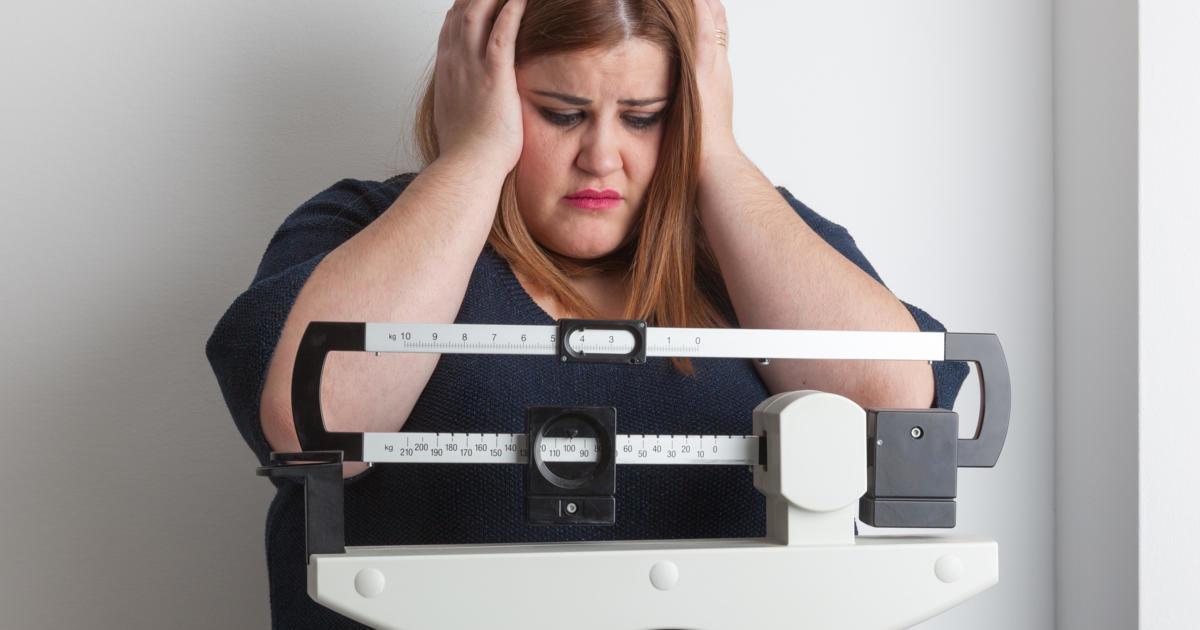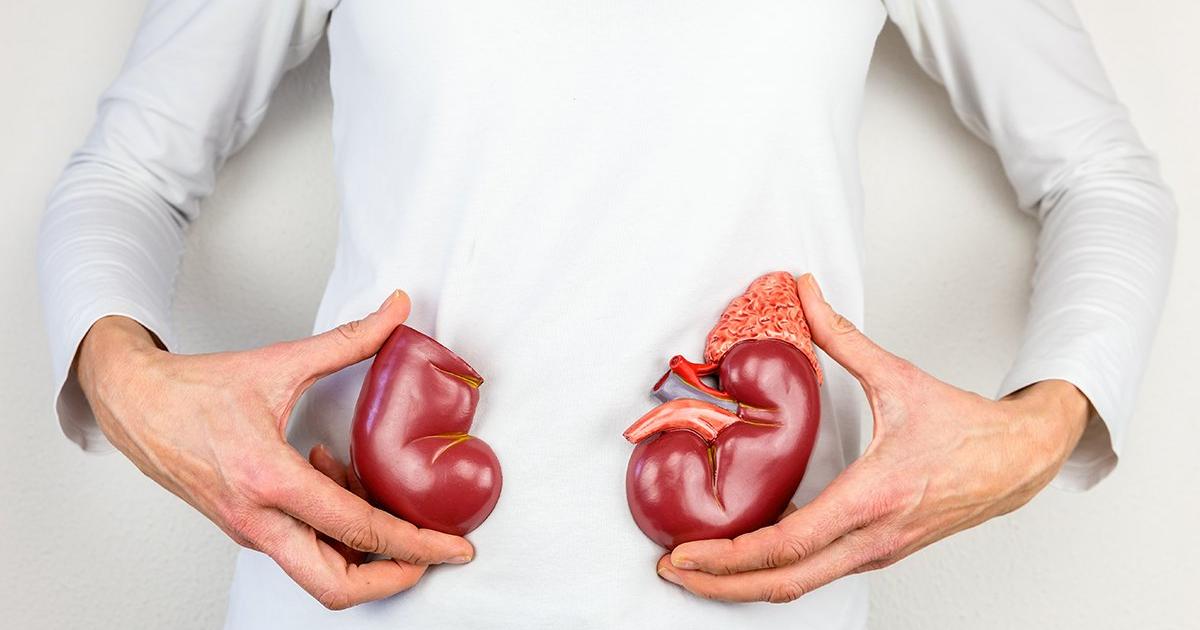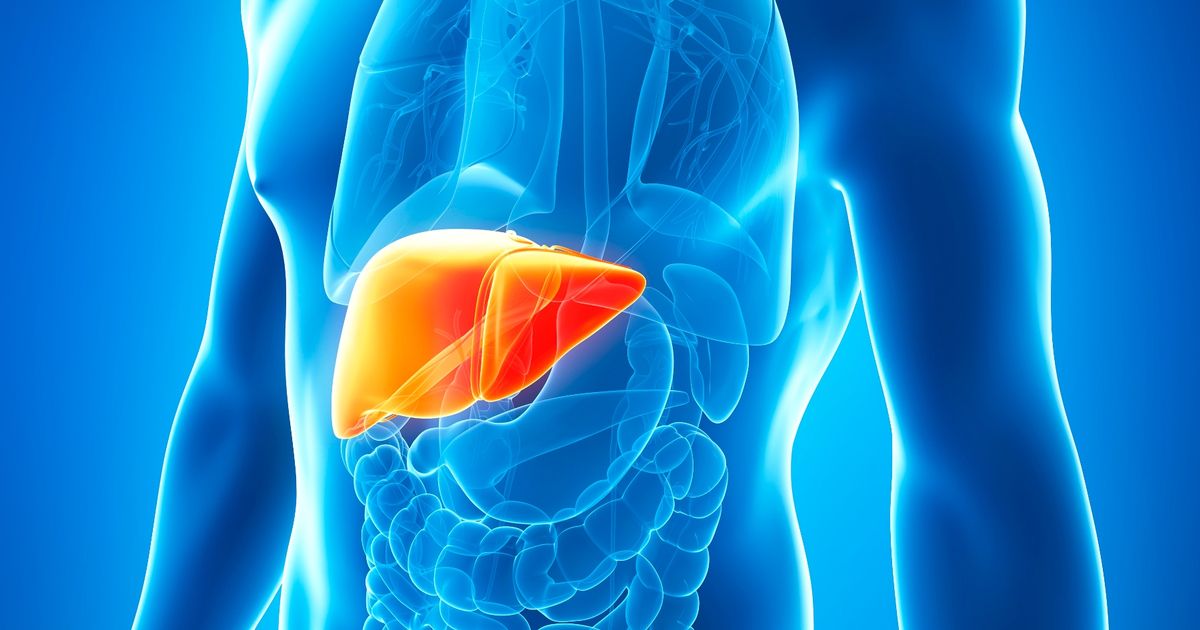What Causes A Vitamin D Deficiency?
Vitamin D is essential for the body to function properly, playing a role in calcium absorption, immunity, cell regeneration, and more. So what happens if an individual becomes deficient? Individuals dealing with a vitamin D deficiency can experience many symptoms, including hair loss, skin problems, muscle weakness, and muscle pain. Patients may also become depressed, lightheaded, and very tired. They might notice over time they're getting sick more often and take longer to heal. Patients may also notice back pain, and if it's very serious, their doctor may identify such problems as osteoporosis, osteomalacia, rickets (for growing children), or pre-eclampsia (for pregnant women). The bottom line is a vitamin D deficiency is a big deal! Getting enough of this vitamin to stay healthy is easy, though, once individuals know what's causing the deficiency.
Cover the details on what causes a vitamin D deficiency now.
Limited Sunlight Exposure

Limited sunlight exposure is the most likely cause for a vitamin D deficiency. This is because vitamin D is created by the skin when it comes into contact with UVB rays from the sun. These rays are too wide to pass through windows, so if individuals spend most or all of their time indoors or in vehicles, they probably aren't getting enough UVB exposure. What individuals wear also plays a role in UVB absorption. Sunscreen can completely block UVB rays, though in practice most individuals don't apply it well enough to do so. Clothing, however, does block UVB rays completely. If individuals go outside often but are covered from head to toe in wool, they won't be able to benefit from the sun's rays. This likely plays a large role in why individuals tend to be more deficient during the winter. Melanin in the skin also plays a role in how much sunlight individuals absorb, and darker skin acts as a natural sunscreen, so individuals with darker skin will naturally need more sun exposure to get enough vitamin D.
Keep reading to reveal more causes of a vitamin D deficiency now.
Not Consuming Enough In Diet

Individuals may also become deficient in vitamin D if they are not consuming enough in their diet. Depending on where individuals live, it can be very difficult to get vitamin D through sunlight, making their diet very important. Cod liver oil and fatty fish are great sources of vitamin D. The fat is important because vitamin D is fat-soluble, which means the body stores excess amounts in fat, rather than peeing it out like with water-soluble vitamins. Eating vitamin D with fat, specifically with something high in omega-3s, helps individuals absorb it better.
There are also other sources of vitamin D, specifically plant-based ones, as there are actually two types of vitamin D: vitamin D3, which is the type humans and animals create, and vitamin D2, the type plants create. Vitamin D3 is far easier for the body to use than vitamin D2, though they're treated equally on nutrition labels. That being said, mushrooms are a great source of vitamin D2. Many foods, such as dairy products, dairy alternatives, and even orange juice, are also fortified with a synthetic version of vitamin D (usually D2 because it's cheaper to create). Of course, individuals may also choose to take vitamin D supplements, though it is crucial to follow directions and not take too much, as this can be just as bad as not getting enough.
Learn more about what may result in a vitamin D deficiency now.
Obesity

Obesity is strongly associated with lower vitamin D levels, partly because the lifestyles leading to obesity also lead, separately, to a vitamin D deficiency. For instance, overweight individuals tend to stay indoors, which prevents them from absorbing sunlight. They also tend to have poor diets, which also limits vitamin D intake. There is increasing evidence this link is also because being overweight actually causes vitamin D to be less bioavailable, leading to a deficiency, though the reasons behind this are not well understood. It might be because vitamin D is stored in fat and obese individuals have trouble burning their fat to access it. Either way, if an individual is overweight, shedding the extra weight could help them overcome chronic vitamin D deficiency. This is easier said than done, of course, but the results are well worth it. Small improvements here and there in diet and lifestyle lead to huge changes down the road.
Get to know more causes of a vitamin D deficiency now.
Kidneys Cannot Convert Vitamin D

Vitamin D2 and D3 are both inactive forms of vitamin D. The liver and kidneys convert these inactive forms into vitamin D's active form, calcitriol. If an individual's kidneys are impaired, they may become deficient in vitamin D even if they're consuming enough, simply because it cannot be converted effectively. Age can be a significant factor in the function of an individual's kidneys. As individuals age, their kidneys weaken, and they become more at risk for kidney disease. The skin also thins as individuals age, which lessens an individual's ability to produce vitamin D3.
Chronic kidney disease is extremely difficult to spot in its early stages, and is difficult to treat later on. Symptoms of advanced chronic kidney disease include fatigue, dry skin, weight loss, poor sleep, swelling, and urinary issues. If patients know they have chronic kidney disease, this will easily explain any vitamin D deficiency they may also be experiencing. If they are unsure, but are worried their kidneys cannot convert vitamin D, they should consult a doctor.
Get familiar with another cause of a vitamin D deficiency now.
Celiac Disease

Around sixty to seventy percent of celiac disease patients are also deficient in vitamin D. This is because the disease affects the body's ability to absorb nutrients in general. If individuals have this disease but still eat gluten, the villi, or little finger-like protrusions that line the small intestine and absorb nutrients, become damaged and wear away over time. This process is known as villous atrophy. There are many other possible causes of the condition, such as lymphoma, CVID, and various medications, but celiac disease is the most common.
Celiac disease patients may also have trouble with getting enough vitamin D because gluten-free foods tend not to be fortified with it as often as non-gluten-free foods. In this case, individuals should try adding more fish or vitamin D supplements to their diet. Increasing their sun exposure, safely of course, may also be helpful.
Reveal more causes and risk factors for a vitamin D deficiency now.
Air Pollution

Air pollution contributes to the development of deficiencies in vitamin D, and researchers estimate patients who live in urban areas with higher pollution may have double the risk of developing these deficiencies compared to those in rural areas with less pollution. In particular, high tropospheric ozone content is believed to contribute heavily to the deficiencies because it blocks ultraviolet B rays from reaching the Earth's surface. With fewer ultraviolet rays reaching the atmosphere in polluted areas, patients are not able to absorb as much vitamin D through the skin as they could if pollution were minimized. Patients who live in areas with high levels of pollution may want to ask their physicians about having a blood test to measure their vitamin D levels. Doctors might suggest the use of daily vitamin D supplements for individuals who are at high risk of a deficiency.
Continue reading to uncover more details on what can cause a vitamin D deficiency now.
Crohn's Disease

Crohn's disease is a chronic health condition that inflames portions of the digestive tract, causing patients to have trouble processing fats. Since vitamin D is a fat-soluble vitamin that requires fat for proper absorption, individuals with Crohn's disease could develop a deficiency. Symptoms include abdominal pain, blood in the stool, weight loss, reduced appetite, diarrhea, and fatigue. Symptoms tend to occur intermittently, and patients typically have symptomatic episodes interspersed with symptom-free periods (remission). Inflammation of the joints, skin, liver, and eyes could occur in cases of severe Crohn's disease, and pediatric patients might have delays in growth and sexual development. To diagnose this condition, doctors may need to perform a colonoscopy and a capsule endoscopy, and some patients may need to undergo CT or MRI scans. Crohn's disease is usually treated with medications that reduce inflammation or suppress the immune system, and surgery to remove damaged tissue may be necessary. Patients are often advised to take calcium and vitamin D supplements since they are at an increased risk of osteoporosis.
Discover additional risk factors for the development of a vitamin D deficiency now.
Certain Medications

Patients who take certain medications may be at a higher risk of a vitamin D deficiency. Several anticonvulsants, including carbamazepine, phenytoin, oxcarbazepine, and phenobarbital, are known to reduce vitamin D levels in the blood. These medications may be used to treat seizures, bipolar disorder, migraines, and trigeminal neuralgia. Patients who use the antibiotics rifampin and isoniazid to treat tuberculosis are also at an increased risk of lower vitamin D. In addition, medications used in the treatment of HIV and AIDS can impact vitamin D levels. Protease inhibitors and non-nucleoside reverse transcriptase inhibitors are two classes of HIV and AIDS drugs that are known to reduce vitamin D. All of these medicines interfere with vitamin D by turning on a liver enzyme called P450. This enzyme breaks active vitamin D down into inactive components. Patients who take these medicines should ask their doctor about whether they need to have regular blood tests to monitor their vitamin D levels, and they should also ask about how much vitamin D they need to take each day. It may be useful to ask whether there are any alternative medications for the patient's condition that are not associated with a reduction in vitamin D.
Get more information on the risk factors associated with vitamin D deficiencies now.
Smoking

Smoking causes oxidative stress and reduces the body's ability to absorb vitamins and minerals, including vitamin D. When vitamin D levels are reduced, the body is less able to absorb calcium from the intestines, and this increases the risk of osteoporosis, low bone mass, and bone fractures. Patients who smoke will need to take a vitamin D supplement, and the most effective way to improve vitamin D levels is to quit smoking. Primary care doctors can provide advice and resources for smoking cessation. Patients might want to join a local or online support group, and the use of nicotine gum or patches may be helpful. Individuals who are concerned about their vitamin D levels should ask their doctor about having these measured, and they may also need to have a bone density scan to evaluate their overall bone health and their risk of osteoporosis. Prescription medicines are available for those who struggle to quit smoking with over-the-counter aids. Patients may wish to have their vitamin D levels retested after they quit smoking to see if they need to use prescription or over-the-counter vitamin D supplements.
Read more about what can cause a vitamin D deficiency now.
Liver Disease

Vitamin D is metabolized in the liver, and issues with this organ can negatively impact vitamin D levels. Patients with a type of liver disease known as non-alcoholic fatty liver disease are at an increased risk of experiencing a vitamin D deficiency. In fact, a 2013 study found that individuals with this condition have a twenty-six percent increase in the likelihood of developing a deficiency in vitamin D compared to those without the disease. Patients with parenchymal liver disease are unable to convert vitamin D into the active form known as 25-hydroxyvitamin D, and this renders it unusable. Cholestatic liver disease, a condition that reduces the flow of bile from the liver to the intestines, could also contribute to low vitamin D. Patients with liver issues may need to have regular blood tests to monitor their vitamin D levels, and they should follow any treatment recommendations closely.